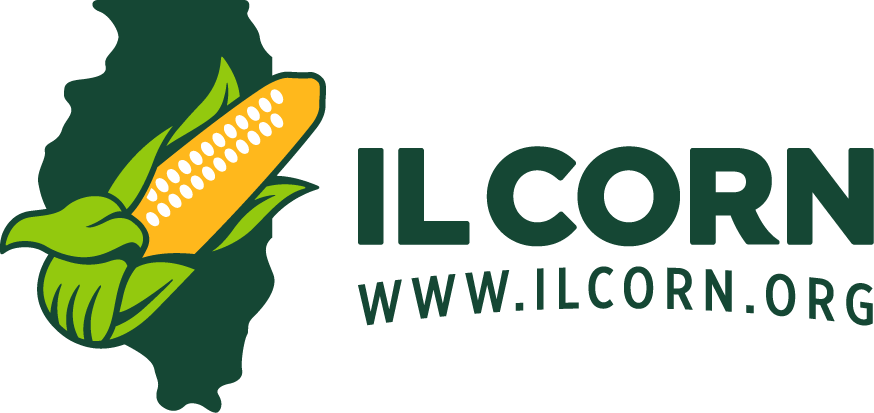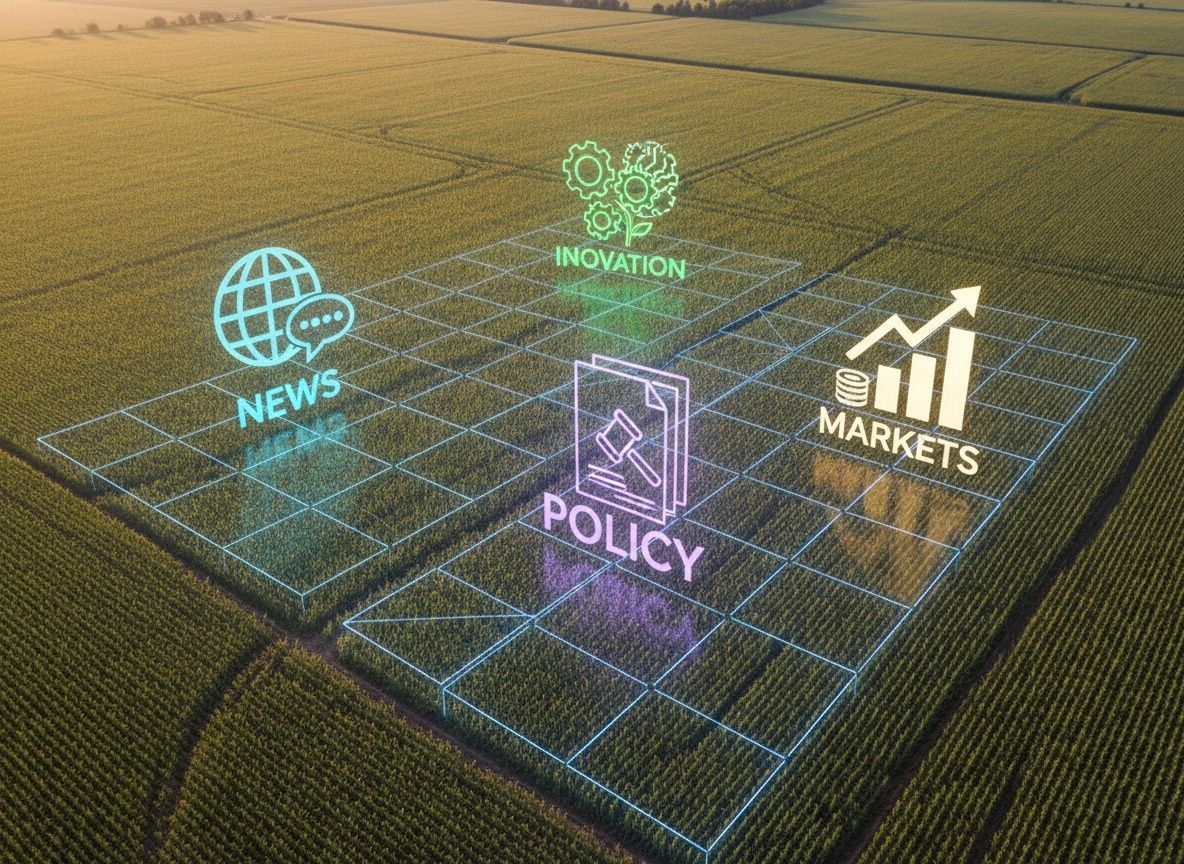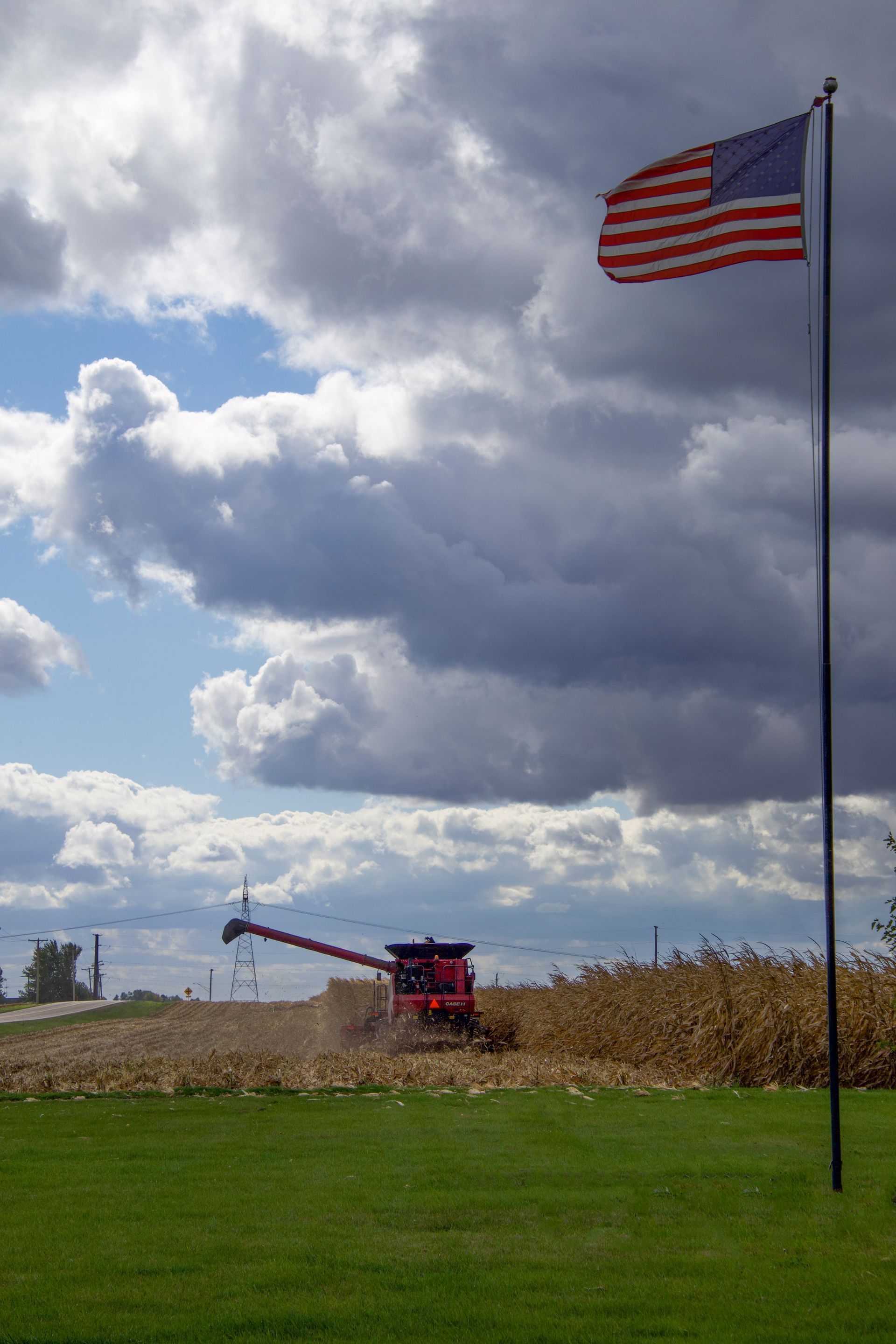Carbon Intensity Scores, 45Z, and Climate Smart Agricultural Practices
There are still more questions than answers.
In the face of declining market prices and plummeting profitability equations, Illinois farmers are interested in an opportunity to capture any additional profit from their corn crop. Eventually, low carbon intensity biofuels markets may offer exactly that opportunity, but how is a farmer to consider participating in 2025?
What is a Carbon Intensity (CI) Score?
A CI score is the measure of the greenhouse gas emissions of a product. It could also be described as the carbon footprint of the product. CI score is expressed in units of grams of CO2 equivalent per megajoule. The lower the CI score, the more favorable the product.
Petroleum is estimated to have a CI score of 97g CO2e/MJ. Corn ethanol to jet fuel has an estimated CI score of 60g CO2e/MJ. Corn is estimated to have a CI score of 29g CO2e/MJ.
CI score can be calculated using several different models; IL Corn favors the GREET model because it uses the most up-to-date information in the calculations.
What is 45Z?
45Z is a tax credit created in the Inflation Reduction Act. The tax credit is available to producers of low emission transportation fuels including sustainable aviation fuel. To access the tax credit, biofuel producers must achieve a 50 percent reduction in CI score compared to petroleum.
The tax credit goes into effect on January 1, 2025, and would currently sunset on December 31, 2027.
How will 45Z work?
This is a valid question that no one knows the answer to yet. The draft rules about how this tax credit will work have not been published. The deadline for draft rules is December 31, 2024, with public comment and final rule publication coming after that. The rules will not be able to inform a farmer’s crop management decisions for the 2025 crop year.
The ag industry is using 40B (a tax credit with rules published in April 2024) as a base to begin to understand what the rulemaking for 45Z will look like. Many associations like IL Corn are working on behalf of Illinois farmers right now, attempting to influence the rules to minimize record-keeping burdens and create a system for all Illinois corn farmers to participate.
What big questions remain?
The list of what we do not know is significant. We do not yet understand what conservation practices will influence the resulting biofuel, giving it a low enough CI score to participate in this new market. We do not understand how the corn kernels grown using the practices will be accounted for or segregated from corn kernels that were grown conventionally. We do not understand how farmers, elevators, ethanol plants, and other stakeholders will be expected to keep records, certify, or verify their production.
What’s a farmer to do?
If you are already implementing cover cropping, minimum tillage, or nitrogen management practices and you think you may wish to participate in the new low CI score marketplace being developed, keep meticulous records for the 2025 growing season. When the rules are finalized, if you can prove that you’ve completed the necessary management practices, your crop may be eligible to produce low CI-score biofuels.






